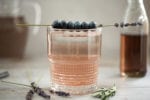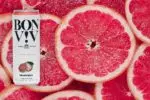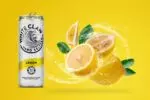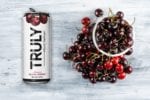RTDs: What Are They, and Why is Everyone Obsessed?
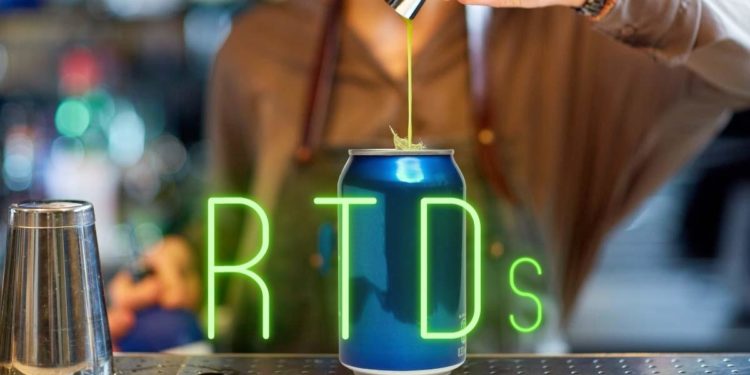
RTDs: What Are They, and Why is Everyone Obsessed?
It’s only been a couple of years since hard seltzers first hit the market, but the world has changed drastically since then. Hard seltzer has become a regular household product, and it is almost as common as beer in bars, restaurants, and sports stadiums across the globe. Whether you like hard seltzers or not, you’ve probably heard of them by now and may even have tried one or two of them. Yet, we imagine if you went back in time to 2018 and raved to anyone there about how much you love hard seltzer, those people would more than likely have no idea what a hard seltzer was.
In fact, prior to 2019, most alcoholic sparkling water brands labeled themselves as “spiked seltzers.” White Claw popularized the term “hard seltzer,” and other brands quickly followed the trend. Many brands, including Truly Hard Seltzer (previously called Truly Spiked & Sparkling), went so far as to rebrand themselves by including hard seltzer in their brand name.
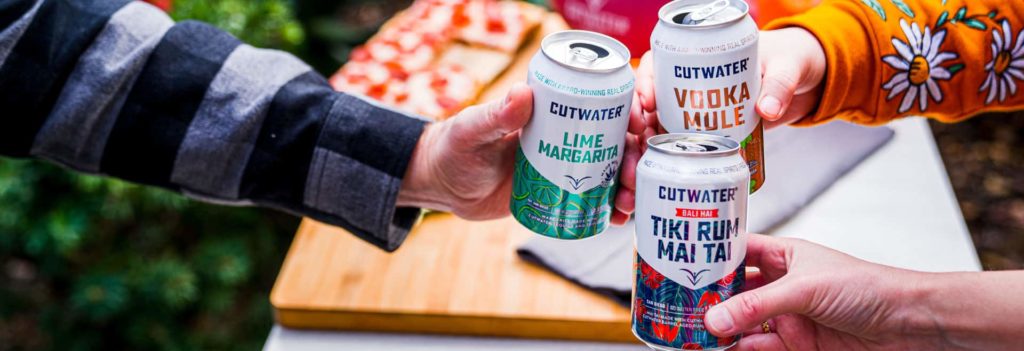
Image source: www.cutwaterspirits.com
The Rise of RTDs
Now imagine that you travel forward in time to two years in the future, and upon entering a restaurant, everyone in the place is ordering RTDs. Beyond that, RTD products that you’ve never heard of before are as popular as White Claw and Corona. This is what analysts are predicting will happen in the near future.
RTDs aren’t new, but they’re enjoying a new surge in popularity that analysts are predicting will rival the hard seltzer surge of 2020. But what are RTDs, and how are they different from all of the other alcoholic beverages on the market?
To explain this, we’re going to get into the basics of what RTDs are (and aren’t), their history, and what brands are flying off the shelves and hitting new sales records.
The Basics
RTD stands for ready-to-drink cocktail. RTDs are premixed cocktails that come in a single-serve bottle or can. There are also ready-to-serve cocktails (RTS) on the market that offer multiple servings, usually in a glass bottle. Ready-to-serve cocktails are sometimes advertised as ready-to-drink cocktails, though the acronym RTD is primarily used to describe single-serve drinks. Another thing to be aware of, some brands, analysts, and media outlets use the terms “ready-to-drink,” “ready-to-serve,” and “hard seltzers” interchangeably.
Confused? We feel you.
Unfortunately, brands often label their products with whatever lingo is hot on the market at the time of their launch (or relaunch). Great for advertising – not so great for defining what these products actually are (and are not). For instance, RTDs traditionally contain distilled liquor instead of fermented grains or sugar (like most hard seltzers). However, this isn’t a clear line of demarcation between hard seltzers and RTDs. Some hard seltzers use real spirits (for instance, High Noon), and some RTDs use fermented grains or sugar.
While there is no regulation on whether brands label their products “hard seltzers” or “RTDs,” the majority of RTDs contain liquor from distilled spirits, and the majority of hard seltzers contain liquor from fermented sugar. For the sake of clarity in this article, when we talk about RTDs, we’re talking about ready-to-drink cocktails with real spirits (distilled liquor).
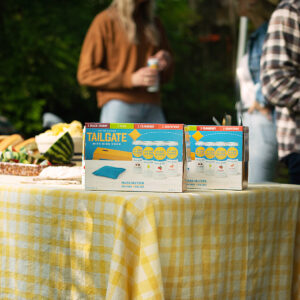
High Noon Hard Seltzer
Image source: https://www.brewbound.com
The Price
Ingredients aren’t the only factor that separates RTDs from hard seltzers. RTDs often cost more than hard seltzers. This is primarily due to antiquated prohibition-era liquor laws that regulate the taxation of distilled spirits. These laws mean that the government often taxes distilled alcoholic beverages more than fermented beverages, like beer and hard seltzer. Therefore, RTDs are taxed the same as bottles of vodka or gin, despite their low level of alcohol content. Often, brands package these RTDs in smaller packs of four instead of the standard six-pack to keep competitive with their lower-cost hard seltzer neighbors.
The Alcohol Content
One might assume that with the addition of distilled spirits in RTDs that the drinks would have a higher alcohol content. They’d be about half-right. While hard seltzers can range in alcohol content from 4%-8% alcohol-by-volume (ABV), most hard seltzers stick to a lower ABV of 4%-5%. Similar to hard seltzers, many RTDs stick to a lower ABV of 4%-5%. However, it’s not uncommon to see RTDs with alcohol content as high as 10% ABV.
The History
According to an article in The Smithsonian, RTDs date back to the late 1800s when Heublein, a hotel owner in Connecticut, and his sons bottled cocktails for their patrons. They called these drinks Club Cocktails, named after club cars on trains. Club Cocktails stopped production during prohibition but picked up soon after and remained popular through the 1970s. In the 1960s, new innovations came out in canning, and cans started to be produced with a plastic coating inside, making it possible to can cocktails without giving the liquid a metallic tanginess. This innovation brought about a boom in RTD canned cocktails, and brands like Jim Beam, Bacardi, Calvert, Schenley, Hiram Walker, Glenmore, and Barton Distillers all released RTDs.
The RTD market boomed until the 1990s when the market went flat, and many brands discontinued their RTDs. The Smithsonian article theorizes that this could have to do with the fact that RTDs “are taxed as spirits, even though that only accounts for a proportion of the liquid.” The article goes on to say, “The tax law on spirits still holds today and accounts for the stratospheric growth of alternatives like hard seltzers, such as White Claw.”
The Resurgence of RTDs
As we’re sure you already know, the 1990s did not mark an end to RTDs. Several brands released malt-based cocktails that offered a cocktail flavor while avoiding the higher liquor tax rate. We still see this today with brands like Corona releasing a line of malt-based cocktails, Corona Refresca. In the mid-2010s, Cutwater Spirits rose in popularity, offering real spirits canned cocktails with low calories, carbs, and sugar. A-B InBev purchased Cutwater in 2019, around the same time Bartender Aaron Polsky launched the brand LiveWire, which featured bottled ready-to-serve cocktails with artisanal cocktails designed by world-class bartenders. Other top brands like On The Rocks launched ready-to-serve drinks in the mid-2010s, offering craft cocktails from top mixologists ready to serve in one’s home.
The resurgence of RTD popularity with consumers picked up pace during the 2020 Covid-19 pandemic. People stuck at home wanted bar-quality drinks. Brands like Cutwater, LiveWire, and On The Rocks offered top-quality cocktails people in quarantine could have delivered to their homes. According to Forbes, “Premixed, Spirits-Based RTD suppliers increased their revenue by 42%” between 2020 and 2021. This growth was greater than that of tequila, whiskey, and Scotch, though all alcohol categories were seeing a lot of action while people were stuck indoors.
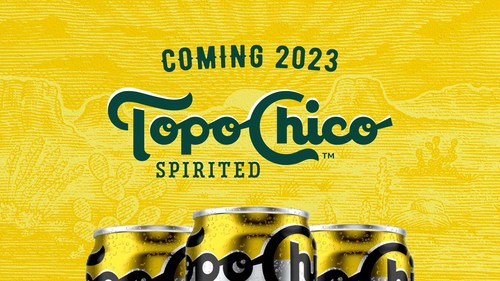
Image source: www.prnewswire.com
RTDs Today
Analysts started predicting the rise of RTDs when the RTD market rose by 11% to 1.6 billion in 2021, but the upward trend started years ago and picked up in 2020. According to Drizly, the top-selling RTD brands of 2021 included High Noon, Cutwater Spirits, Jose Cuervo, Bacardi, and The Long Drink Company. In the past year, brands like Crown Royal, Devils Backbone, Absolut, Cazadores, and Cîroc compete for popularity with consumers. However, High Noon has remained the category leader. The low-calorie, low-ABV brand nearly doubled in cases sold for two years in a row. Cutwater Spirits is seeing similar growth. According to Shaken News Daily, Cutwater Spirits is “rising at a triple-digit rate in control states in 2022.”
Popular hard seltzer brands won’t be left behind, either. Truly Hard Seltzer, the second leading brand in the hard seltzer market, recently launched a real-spirits line of vodka seltzers. Coca-Cola’s Topo Chico also announced that they plan to launch Topo Chico Spirited in 2023. Coca-Cola isn’t stopping there, either. The beverage giant recently launched Fresca Mixed Vodka Spritz and Tequila Paloma, and Coca-Cola and Jack Daniel’s will hit shelves in the United States in 2023.
Will RTDs be a household product that are as common as beer and hard seltzer in and out of restaurants and sports stadiums by 2024? Only time will tell.
Want to find your perfect hard seltzer or canned cocktail? Try our new Seltzer Finder! You can search by flavor, ABV, carbs, and more to discover your ideal beverage.



